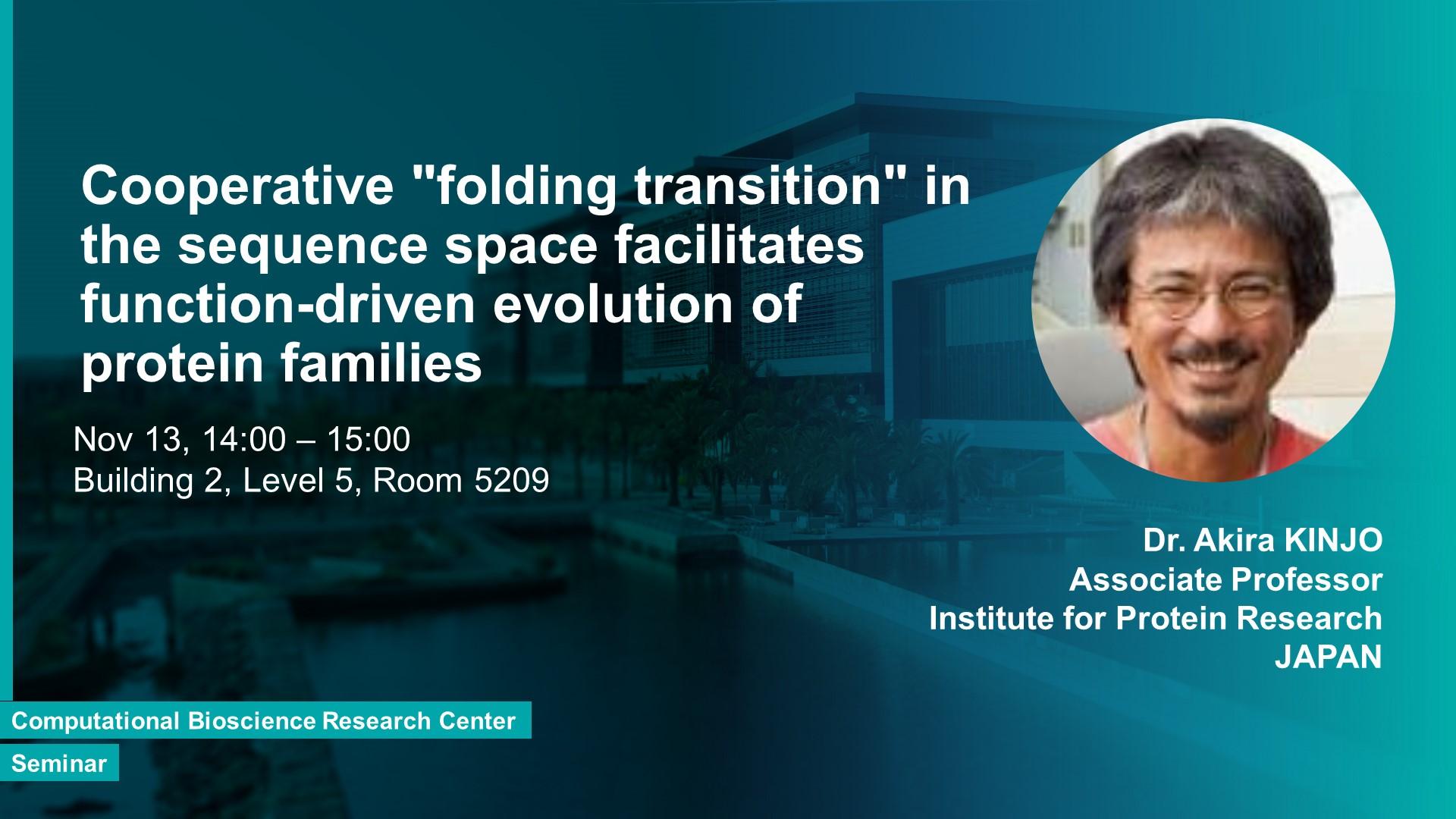Abstract
In the protein sequence space, natural proteins form clusters of families that are characterized by their unique native folds whereas the great majority of random polypeptides are neither clustered nor foldable to unique structures. Since a given polypeptide can be either foldable or unfoldable, a kind of "folding transition" is expected at the boundary of a protein family in the sequence space. By Monte Carlo simulations [1] of a statistical mechanical model of protein sequence alignment that coherently incorporates both short-range and long-range interactions in addition to variable-length insertions [2], we demonstrate the existence of such transition between natural-like sequences and random sequences in the sequence subspaces for 15 domain families. The transition was found to be highly cooperative and two-state-like. Furthermore, enforcing or suppressing consensus residues on a few of the well-conserved sites enhanced or diminished, respectively, the natural-like pattern formation over the entire sequence. In most families, the key sites included ligand binding sites. These results suggest some selective pressure on the key residues, such as ligand binding activity, may cooperatively facilitate the emergence of a protein family during evolution. From a more practical aspect, the present results highlight an essential role of long-range effects in precisely defining protein families, which are absent in conventional sequence models [3].
References: [1] Kinjo, A. R. (2017) Biophys. Physicobiol. 14:99-110, https://doi.org/10.2142/biophysico.14.0_99 [2] Kinjo, A. R. (2016) Biophys. Physicobiol. 13:45-62, https://doi.org/10.2142/biophysico.13.0_45 [3] Kinjo, A. R. (2017) preprint arXiv:1708.07612.
Brief Biography
Professor Kinjo graduated from the Department of Chemistry, Graduate School of Science, Kyoto University in 1998 and from the Department of Genetics, School of Life Science, The Graduate University for Advanced Studies in 2001. After serving at the National Institute of Genetics, he took his current position as a professor at the Institute for Protein Research in 2009. He holds his doctorate in science and specializes in database research on proteins' steric structure, life, health, and medical informatics. He won the Young Scientist Award from the Minister of Education, Culture, Sports, Science and Technology in 2012 for his "Research regarding database technology for protein's steric structure and natural history" and the BIOPHYSICS Dissertation Award from The Biophysical Society of Japan in 2014.
